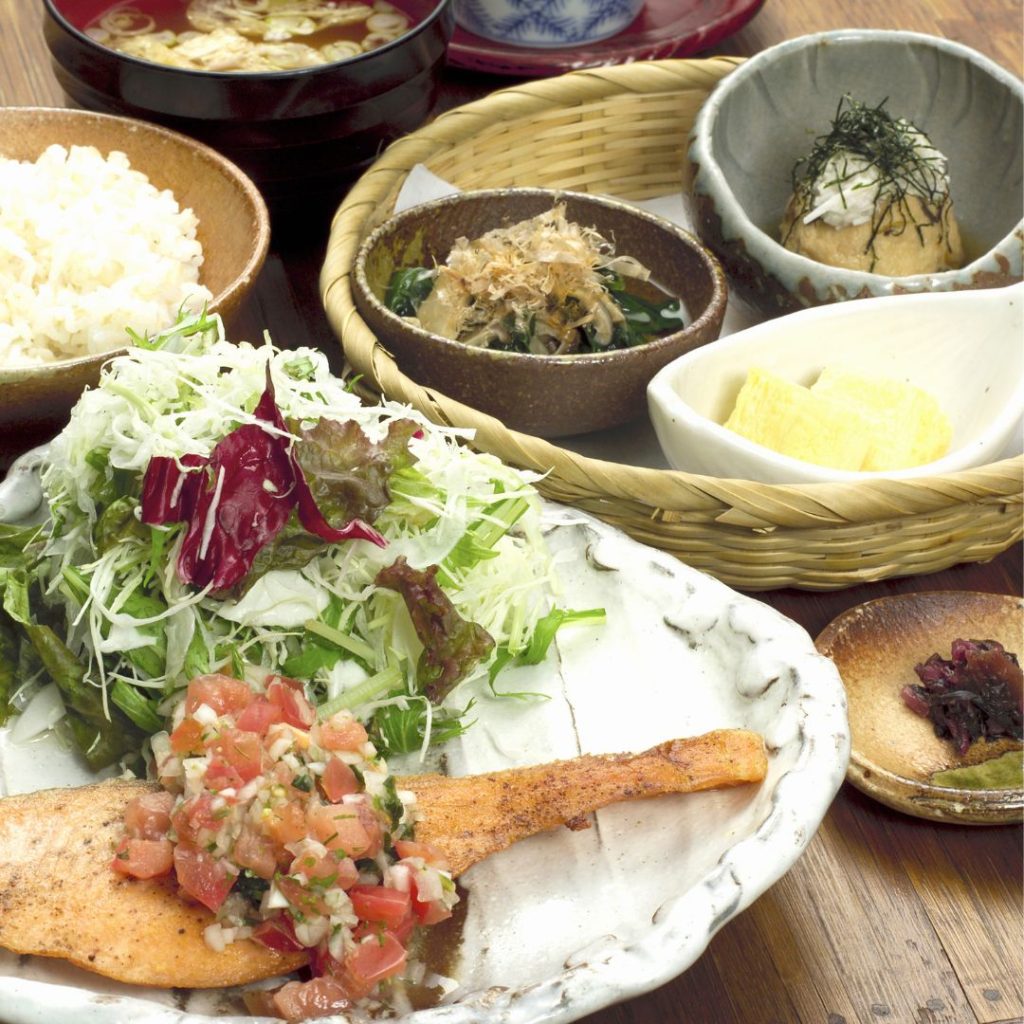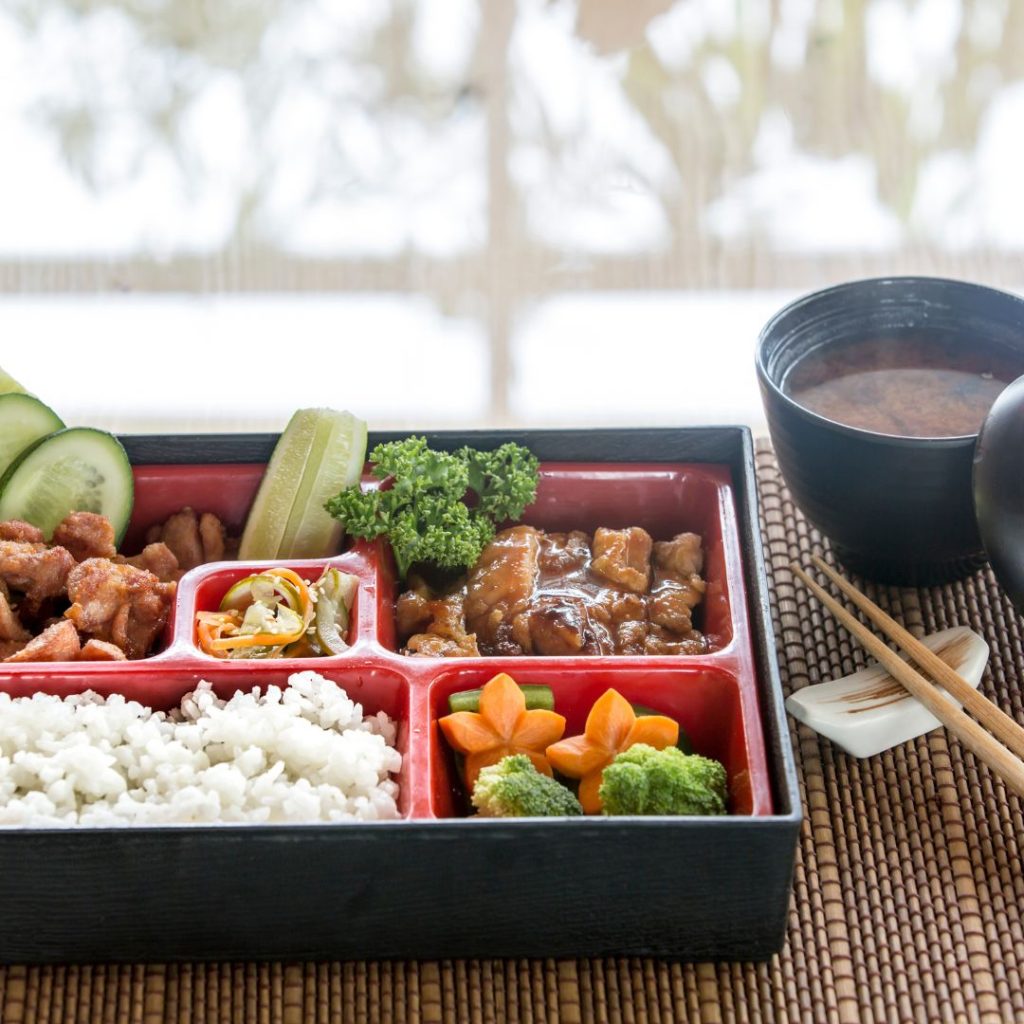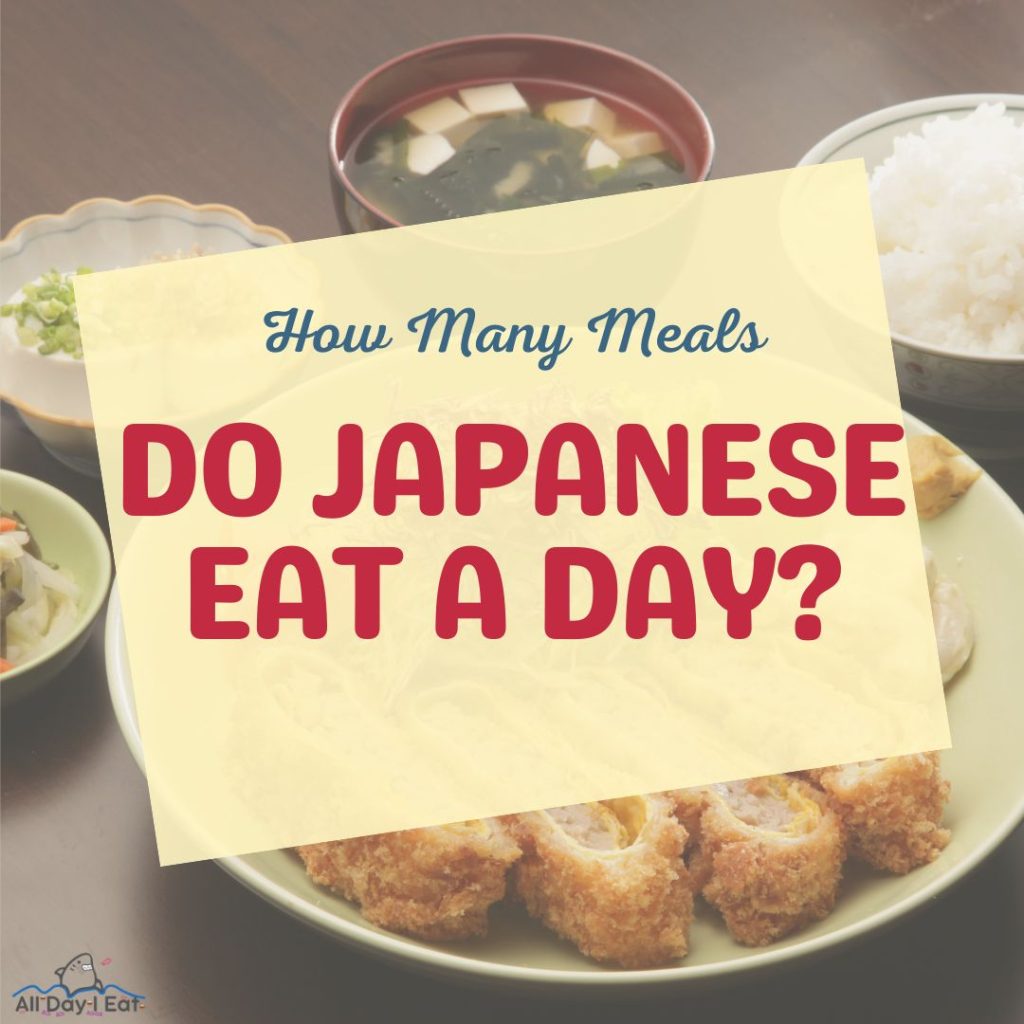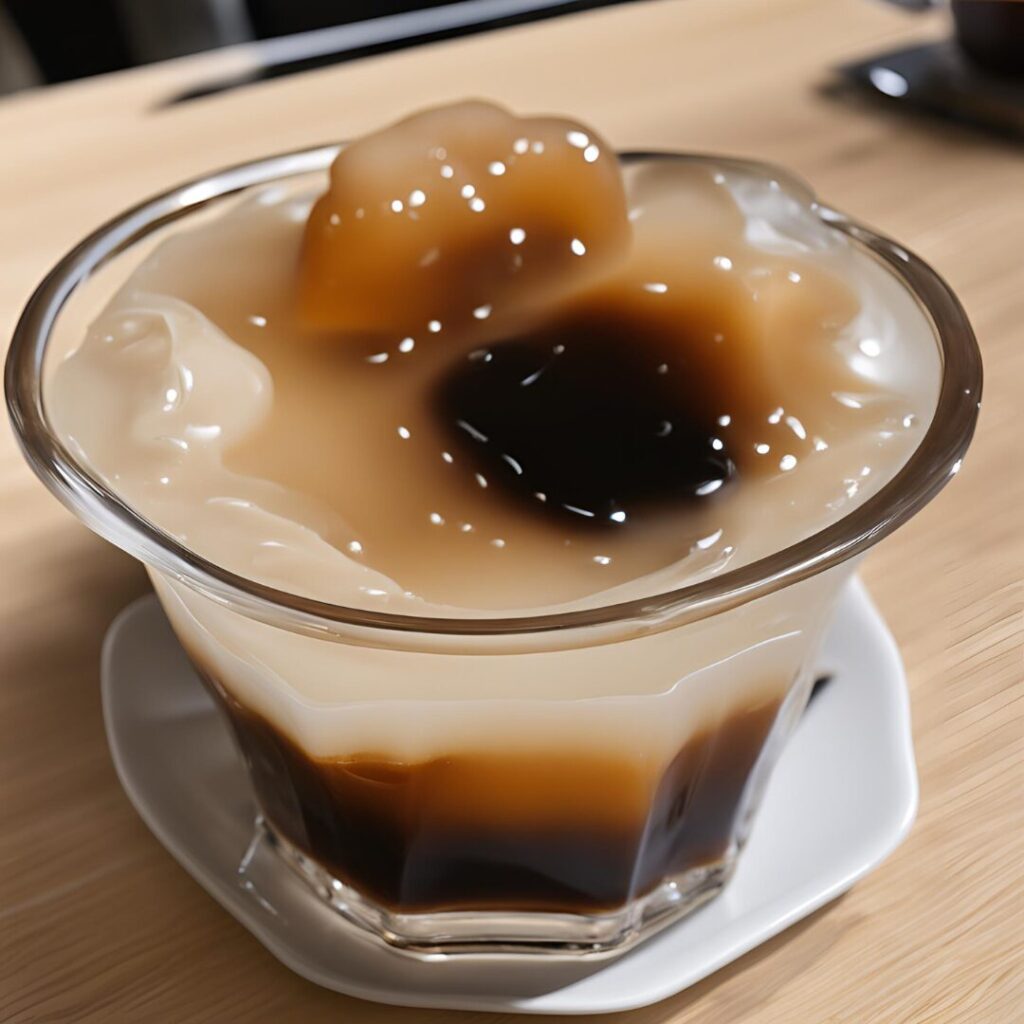Do you ever wonder how many meals the Japanese enjoy each day?
Prepare to be amazed as we unveil the surprising eating habits of the Japanese.
From their traditional meal structure to the concept of Ichiju-Sansai, where one soup and three dishes take center stage, the Japanese have a unique approach to dining.
Get ready to explore a world of culinary innovation and discover why the Japanese have mastered the art of balancing flavor, nutrition, and satisfaction in every meal.

The Traditional Japanese Meal Structure
You should follow the traditional Japanese meal structure to maintain a balanced and healthy diet.
The traditional Japanese meal structure consists of three main components: rice, soup, and side dishes.
Start your meal with a bowl of steamed rice, which provides a good source of carbohydrates for energy.
Pair it with a bowl of miso soup, a flavorful and nutritious broth made from fermented soybeans.
To add variety and nutrients, include a variety of side dishes such as grilled fish, pickled vegetables, and tofu.
This traditional meal structure promotes portion control and includes a wide range of food groups to ensure you get a variety of nutrients.

Exploring Ichiju-Sansai: One Soup, Three Dishes
Have you ever tried Ichiju-Sansai and experienced the unique combination of one soup and three dishes?
It’s a culinary experience that showcases the innovation and creativity of Japanese cuisine.
Ichiju-Sansai, which translates to ‘one soup, three dishes,’ is a traditional Japanese meal that offers a balanced and diverse dining experience.
The concept behind Ichiju-Sansai is to provide a variety of flavors and textures in a single meal, allowing you to savor different tastes with each bite.
The soup serves as the foundation, while the three accompanying dishes complement and enhance the overall dining experience.
From delicate sashimi to flavorful grilled meats, each dish is carefully prepared to create a harmonious and innovative culinary journey.

Meals of Japanese a Day
The traditional meal pattern in Japan consists of three main meals a day: breakfast, lunch, and dinner.
Breakfast is often a light and nutritious meal, featuring foods like rice, miso soup, grilled fish, and pickled vegetables.
Lunch is a balanced meal and may include dishes like bento boxes with rice, vegetables, and a protein source such as fish or meat.
Dinner tends to be the most substantial meal, with a variety of dishes that may include soup, rice, multiple side dishes, and a main course.



Konnichiwa! (Hello!) I'm Pat Tokuyama, a Japanese tofu cookbook author, who travels for music, food, and adventure. If you like Japanese tea, checkout some of the newestorganic japanese tea, matcha bowls and noren and more!
** Curious about the Plant Based Japanese Cooking Club? ** Learn more here!
Additional meal
While this three-meal structure is common, there are regional and individual variations.
Some people might include snacks between meals, such as onigiri (rice balls) or fruit.
Japanese also like dessert after a meal.
Below are samples of desserts that they like to eat and are very popular now a days:
Irresistible Castella Cake Recipe: Easy Matcha Dessert Delight
Matcha Okara Cookies with White Chocolate Chips
5 Delightful Japanese Ice Cream Recipes You Need to Try!
10 Japanese Desserts: A Sweet Journey to Japan’s Culinary Delights!
Additionally, modern lifestyles have led to changes in eating habits, with some individuals opting for quicker, convenience-oriented meals.
Nonetheless, the traditional three-meal pattern and desserts remain a fundamental part of Japanese culinary culture until these days.
Conclusion
Japanese dining habits are a testament to the art of balance, nutrition, and innovation.
Their traditional meal structure, featuring rice, soup, and side dishes, exemplifies mindful eating.
The culinary journey deepens with ‘Ichiju-Sansai,’ offering a harmonious blend of flavors and textures.
While the Japanese traditionally enjoy three main meals a day, regional and individual variations reflect the diversity of this rich culinary culture.
Let me know what is your favorite Japanese meal. Comment below!









Konnichiwa! (Hello!) I'm Pat Tokuyama, a Japanese tofu cookbook author, who travels for music, food, and adventure. If you like Japanese tea, checkout some of the newestorganic japanese tea, matcha bowls and noren and more!
** Curious about the Plant Based Japanese Cooking Club? ** Learn more here!